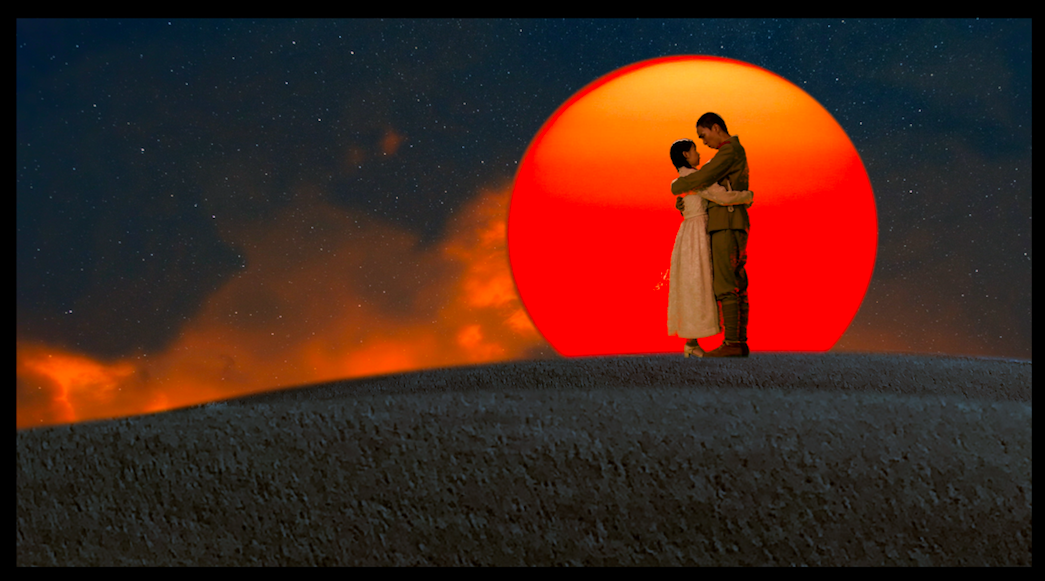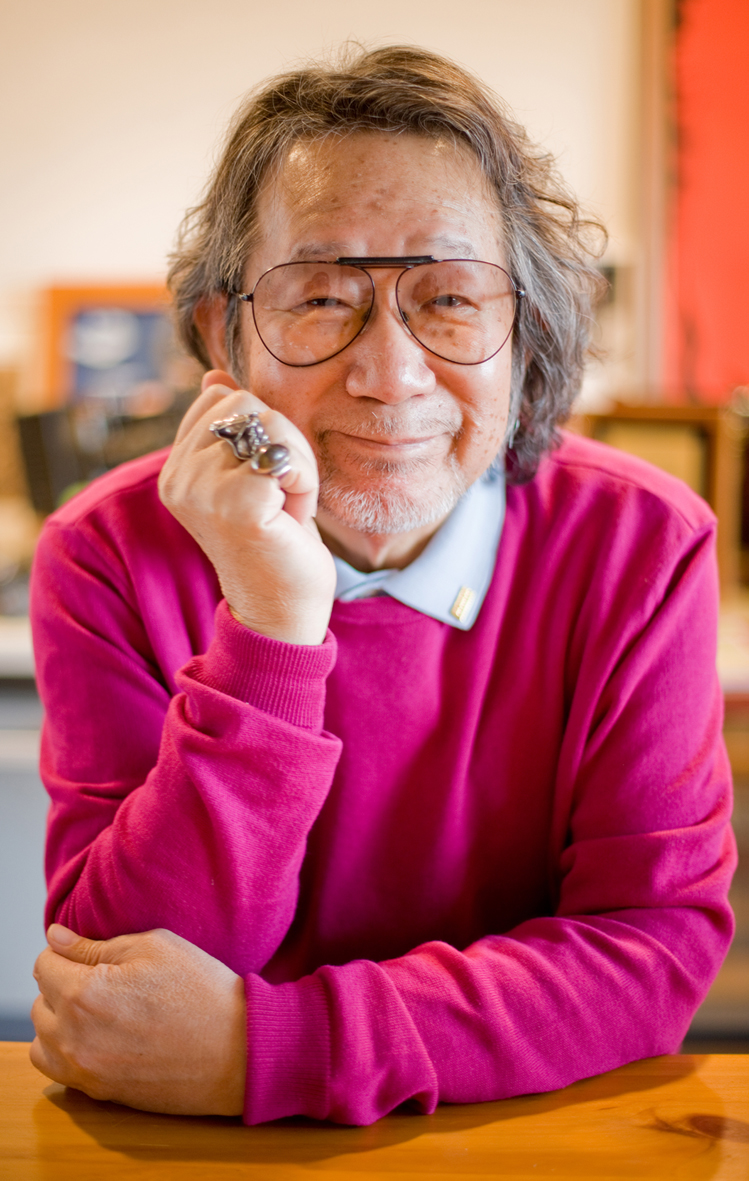
The final work by maverick filmmaker Nobuhiko Obayashi, that premiered at the 2019 Tokyo International Film Festival, will be released in New York at The Metrograph on October 20th and in Los Angeles at The Lumiere Cinema on October 29th.
The master of Japanese experimental films, who eventually transitioned to mainstream media and left us on April 10th 2020, distinguished himself for tackling anti-war themes through his surreal filmmaking style. As a completion of his artistic plight, Obayashi delivered one last love letter to the power of film through his Labyrinth of Cinema.
The maze-like cinematic journey finds the late director returning to the subject of Japan’s history of warfare following the completion of his “War Trilogy,” which ended with Hanagatami. Obayashi’s last cinematic oeuvre is a kaleidoscopic meta-film that embraces multiple genres, while condemning the nationalist mentality and consequent war crimes committed by the Japanese army. The various levels of reality that characterise this feature, are distinguished by a continuous back and forth in time with the same actors and actresses playing different characters.

Labyrinth of Cinema stars Takuro Atsuki, Takahito Hosoyamada and Yoshihiko Hosoda as three men who enter an old movie theatre in present-day Onomichi, where they find themselves catapulted back to 1945, just before the atomic bombings. Through the wizardry of cinema, they witness deaths and battles during the last days of the Japanese feudal period, the brutalities perpetrated in China by the Japanese Empire and ultimately the final catastrophe, the two bombs on Hiroshima and Nagasaki.
The cast also includes Rei Yoshida, Riko Narumi, Hirona Yamazaki, and Takako Tokiwa, who contribute to bringing to life the fanciful and bizarre catalogue of Nipponic wartime social types. Throughout the 179-minute cinematic experience, blissful optimism coalesces with Tarantino-like bloodshed. For instance, the animated character of Doctor Muddlehead spreads hope, whereas the brutal age gets a fierce critique as another character declares: “They call it modernisation, I call it bombardisation.”

The labyrinthine moving picture homages both Japan — with mentions to film directors Yasujirō Ozu and Sadao Yamanaka, actor Kazuo Hasegawa, samurai Sakamoto Ryōma — and the United States, through the appreciation of filmmaker Frank Capra, black and white silent films, talkies and tap-dancing musicals. The tribute to America can also be grasped in narrative choices that evoke Kubrick’s 2001: A Space Odyssey and Woody Allen’s The Purple Rose of Cairo.
Although there is no specific mention of it, Obayashi seems to follow in the footsteps of the artistic esteem that was mutually expressed by American and Japanese filmmakers, soon after the end of the Pacific War: John Ford first visited the set of an Akira Kurosawa film (The Men Who Tread on the Tiger’s Tail at TOHO Studio), and thirteen years later Kurosawa was on one of Ford’s sets (Gideon’s Day) and the entire cast and crew stood up to applaud the Japanese director. The memories of a horrible war couldn’t undo the ties that bound these artists together, and Labyrinth of Cinema plays by this same pacificatory tune.

Hence, if the nature of war is all about the survival of the fittest, cinema instead makes us aspire to higher ideals. This motion picture fully demonstrates Obayashi’s sprightly approach in confronting serious issues, whilst maintaining a rollicking and deliberately redundant mise-en-scène. Even though the narrative style comes across as dreamlike and topsy-turvy, the brutal reality of violence connected to the most horrific chapters in history is tangibly realistic. In fact, Obayashi quotes a few lines from early Shōwa-era poet Chūya Nakahara, to expound his artistic protest against the belligerent nature of mankind: “Dark clouds gather behind humanity.”
Thus, this awe-inspiring and visually resplendent anti-war epic urges human beings to consider “the magic box of cinema” as a means to change history.
Final Grade: A
Photo Credit for all Images: Crescendo House

